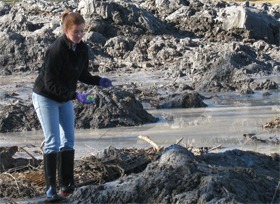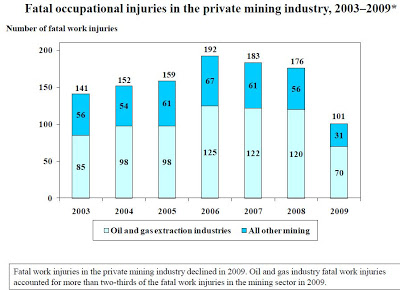Novel materials could make practical air conditioners and refrigerators that use little or no electricity
Hot pack: A display at a conference shows a new material (light green) packed into a metal foam. The material is being used to improve a technology that uses heat energy to drive a cooling process. Credit: Kevin Bullis MIT Technology Review – It could soon be more practical to cool buildings using solar water …







